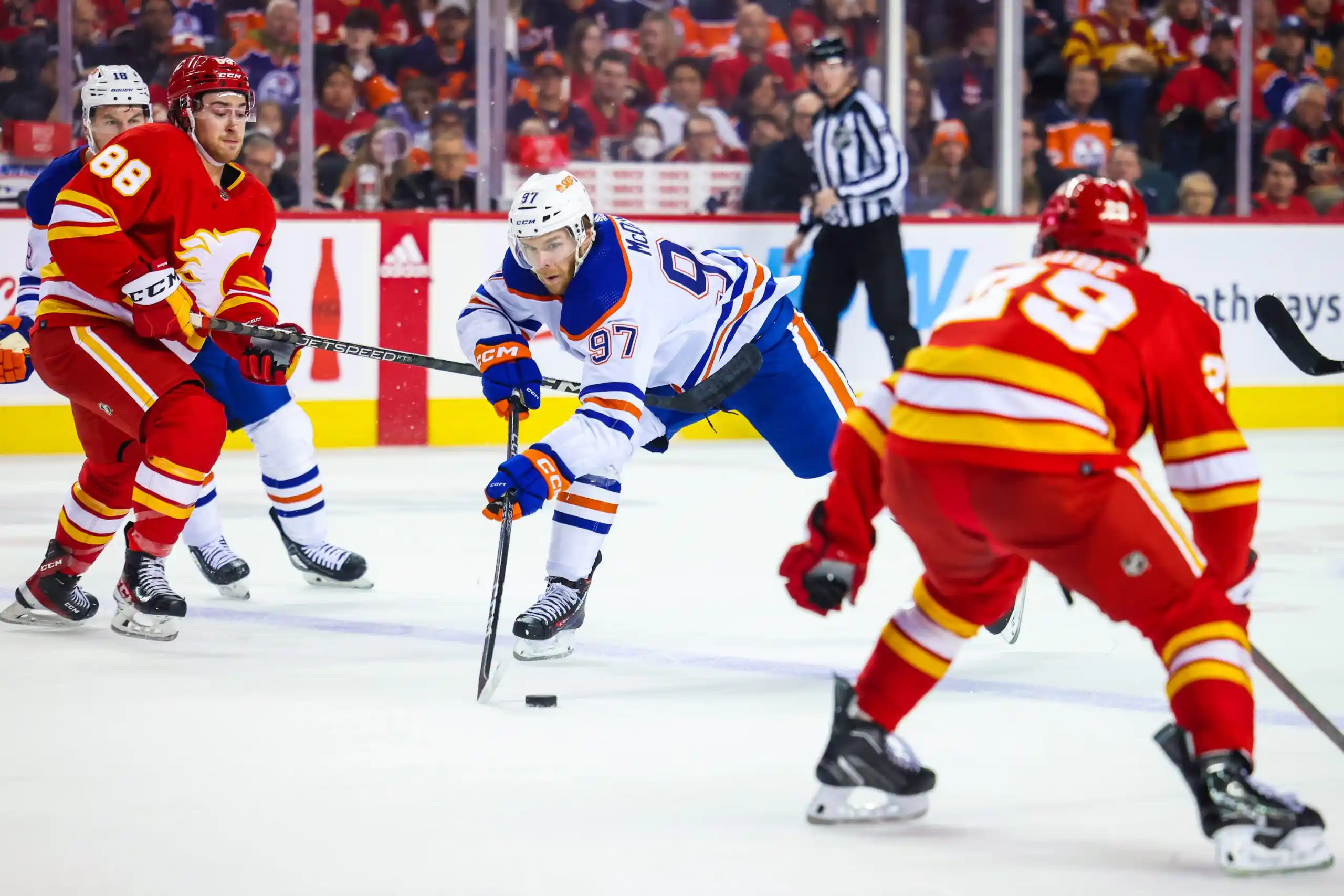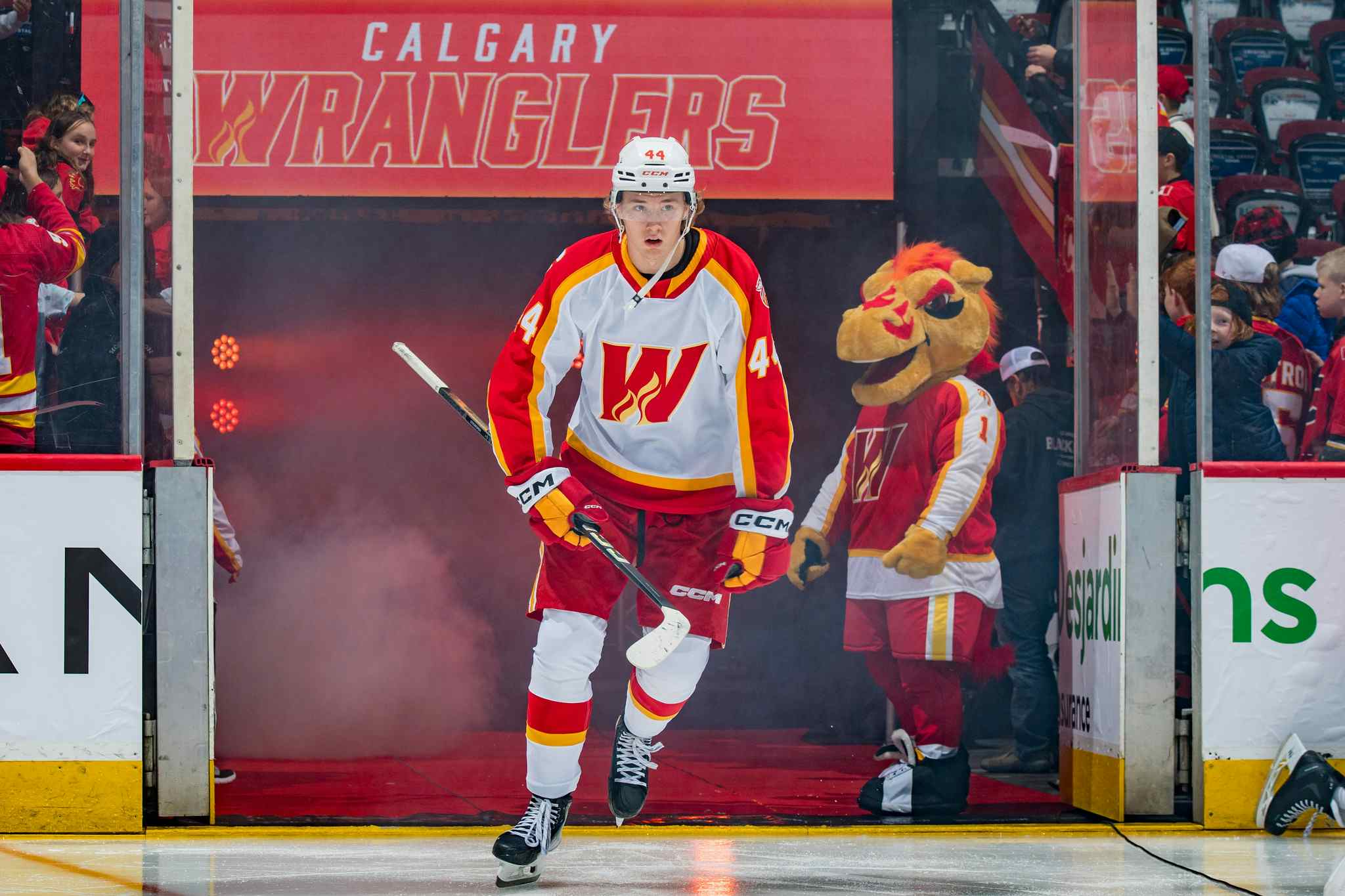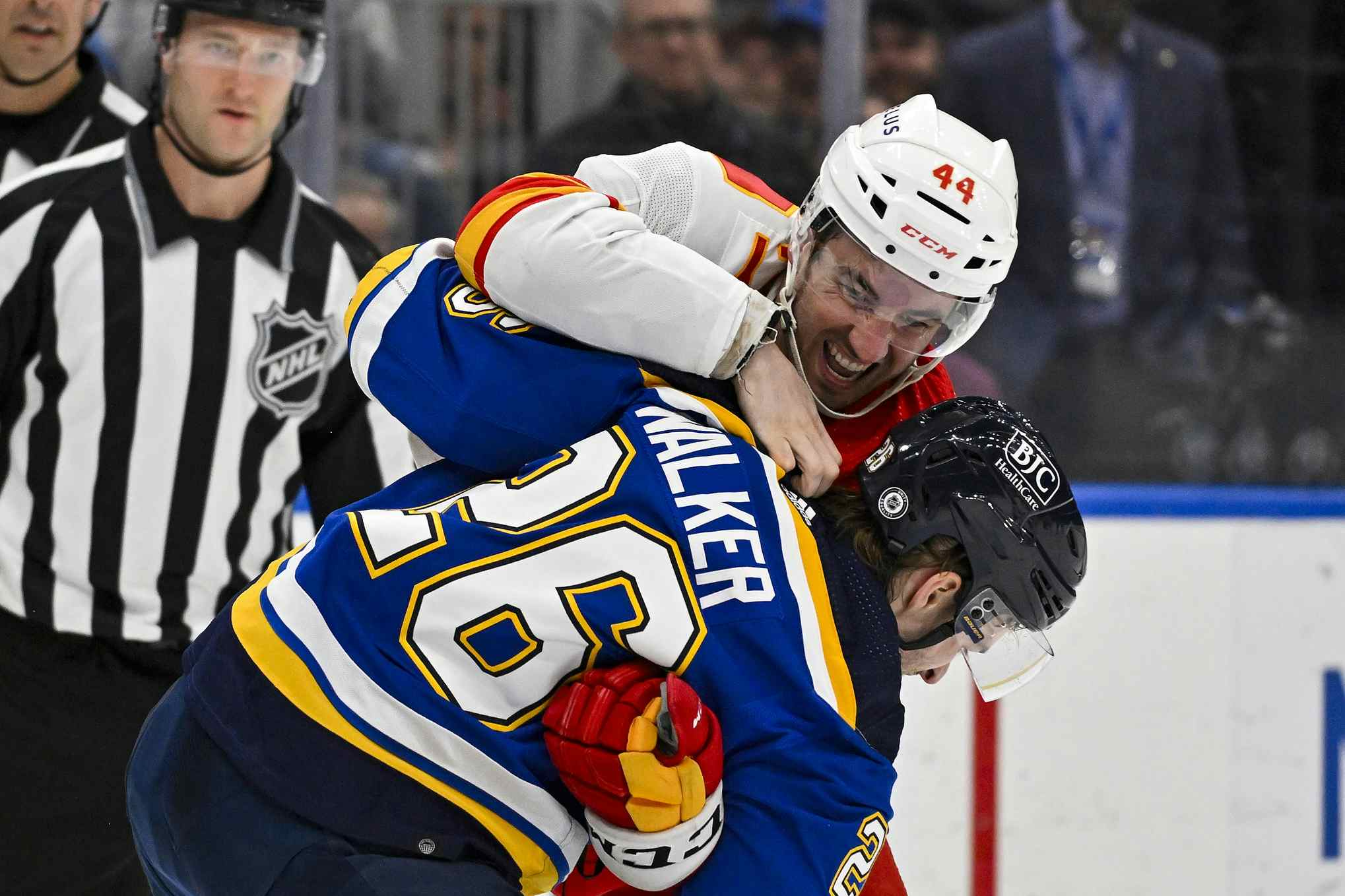Reasonable Expectations: Joe Colborne
By Ryan Pike
9 years agoLike many Calgary Flames players, Joe Colborne’s year can be split into two parts. In the first part, he was an underwhelming fourth line center. In the second part, he was shifted to the wing due to injuries (and a desire from the coaching staff to get his offensive production going), and he was quietly very effective.
Now with a new contract under his belt, what can we expect from Colborne next season?
| Season | Corsi % | Corsi Rel % | PDO |
| 2010-11 (1 GP) | 53.6% | +6.5% | 116.7 |
| 2011-12 (10 GP) | 41.4% | -4.5% | 107.2 |
| 2012-13 (5 GP) | 43.8% | +1.8% | 96.5 |
| 2013-14 | 45.4% | -1.3% | 98.2 |
Colborne’s previous numbers are basically noise, given that he played just 16 games in the bigs prior to joining the Calgary Flames last season.
COLBORNE’S 2013-14 NUMBERS
Colborne was acquired from the Toronto Maple Leafs right as training camp wrapped up, and the idea was he was going to watch from the press box for awhile to learn systems before being thrown in. Then Matt Stajan got hurt two games in and he got thrown in anyway. He didn’t play much, he didn’t play amazingly well, and it took him awhile to get his legs under him as a depth center.
Shockingly, his offensive numbers playing with Brian McGrattan, Kevin Westgarth and Tim Jackman weren’t amazing. After 43 okay-ish games where he put up 11 points, he was moved to the wing. Part of the move was because the coaching staff was curious if he could do better without the defensive responsibilities that centers have to worry about – they similarly played Roman Cervenka in this manner when he came over. But they also were curious what they had in Colborne, and if your choice is 4th line center or 3rd line winger, you get more chances to use the winger, so they made the move.
He had 17 points in 37 games as a winger, increasing his production from 0.26 PPG to 0.46 PPG, which is pretty sizable. His underlying numbers were decent; he was dragged heavily underwater by his bottom-six mates and his time as a productive member of the offense brought his numbers up to where they were merely slightly disappointing – 45% is not great shakes on a good team, but considering team-wide the Flames were 46%, Colborne’s not that bad. But consider that he had to crawl his way up towards “not that bad” and you’ve got an idea of how his year went. He had a superb March, amassing 11 points in 17 games before injuries forced the coaching staff to shuffle the deck a bit and he was lost a bit afterwards.
Once he got out of the early-season muck, he played primarily with Sean Monahan and some combination of Mike Cammalleri, T.J. Galiardi, Jiri Hudler and Curtis Glencross. He was also shielded; he had better zone-starts than anybody but McGrattan, Westgarth, Hudler and Monahan, and only McGrattan and Westgarth got easier competition overall.
And I’d be remiss if I didn’t mention Joe Colborne’s excellence in the shootout.
2014-15 EXPECTATIONS
If Joe Colborne’s a center, he’s probably Calgary’s worst center, lagging behind Matt Stajan, Mikael Backlund and Sean Monahan. And there’s a chance that some of the AHLers may be better bottom-six centers, too.
If Joe Colborne’s a winger, he runs less of a risk of being supplanted by a younger player or being lost in the shuffle. He’ll definitely be less sheltered in 2014-15, particularly given that the Flames will have some (or all) of Max Reinhart, Markus Granlund, Sven Baertschi and Johnny Gaudreau on the team.
He probably won’t progress too much, particularly since it’s unlikely he’ll be as sheltered. The big question is whether Colborne can avoid regressing, and whether the amazing March he had is indicative of his true skill level, or just a hot stretch brought on by luck, linemates and circumstance.
Given a full season, I don’t think it’s unrealistic to expect him to produce at a 0.35 to 0.40 PPG pace, so that’d be between 30 and 33 points.
Recent articles from Ryan Pike





